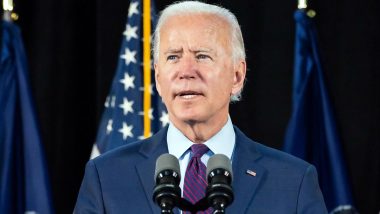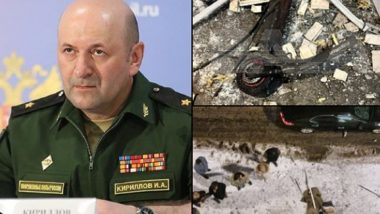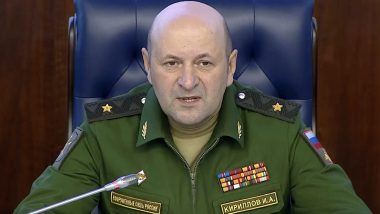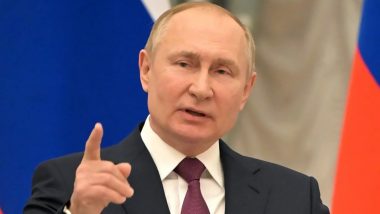Brussels, February 25: U.S. President Joe Biden and his NATO counterparts will seek Friday to reassure member countries on the alliance's eastern flank that their security is guaranteed as Russia's large-scale invasion of Ukraine closes in on the capital Kyiv.
With Ukrainian President Volodymyr Zelenskyy appealing for help, NATO members ranging from Russia's neighbor Estonia in the north down around the west of conflict-hit Ukraine to Bulgaria on the Black Sea coast triggered urgent consultations about their security. Only Hungary refrained. Also Read | Russia-Ukraine Conflict: 18,000 Weapons Distributed to Reservists in Kyiv as Men Banned From Leaving Country.
The leaders, meeting via videoconference, plan to take stock of NATO's own military buildup. The world's biggest security organization previously had around 5,000 troops stationed in the Baltic countries – Estonia, Latvia and Lithuania – and Poland, but has significantly beefed up its defenses over the last three months. Also Read | Russia-Ukraine Crisis: Concern Over Safety of Chernobyl Nuclear Power Plant After Russia Seizes Control.
“Make no mistake, we will defend every ally against any attack on every inch of NATO territory,” NATO Secretary General Jens Stoltenberg, who will chair the summit, told reporters Thursday. “An attack on one ally will trigger a response from the whole alliance.”
Some of NATO's 30 member countries are supplying arms, ammunition and other equipment to Ukraine, but NATO as an organization isn't. It won't launch any military action in support of Ukraine, which is a close partner but has no prospect of joining.
The Baltic members, however, have said the West should “urgently provide Ukrainian people with weapons, ammunition and any other kind of military support to defend itself as well as economic, financial and political assistance and support, humanitarian aid.”
NATO began beefing up its defenses in northeastern Europe after Russia annexed Ukraine's Crimean Peninsula in 2014. Recently, some members have also sent troops, aircraft and warships to the Black Sea region, near allies Bulgaria, Romania and Turkey.
Short-term, NATO has activated an emergency planning system to allow commanders to move forces more quickly. The Pentagon said Thursday that it is sending 7,000 troops to Europe in addition to 5,000 recently deployed personnel.
NATO surveillance aircraft have begun patrols inside allied territory. The planes would be able to watch Russian fighter jet and transport movements inside Ukraine, much as they monitored aircraft in Syria from Turkey's airspace.
The leaders are likely to consider Friday whether to activate the NATO Response Force, which can number up to 40,000 troops. A quickly deployable land brigade that is part of the NRF — made up of 5,000 troops and run by France alongside Germany, Poland, Portugal and Spain — is already on heightened alert.
Lithuania declared a state of emergency Thursday after Russian President Vladimir Putin ordered troops into Ukraine. Lithuania borders Russia's Kaliningrad region to the southwest, Belarus to the east, Latvia to the north and Poland to the south.
The Baltic country's move allows for a more flexible use of state reserve funds and increased border protection, giving border guards greater authorities to stop and search individuals and vehicles in border areas.
“We cannot take the luxury to be (a) discussion club,” Lithuanian President Gitanas Nauseda said overnight at an emergency summit of European Union leaders held to impose a “heavy price” on Russia through sanctions. “We need to take action.”
(This is an unedited and auto-generated story from Syndicated News feed, LatestLY Staff may not have modified or edited the content body)









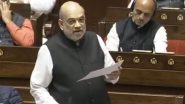



 Quickly
Quickly








